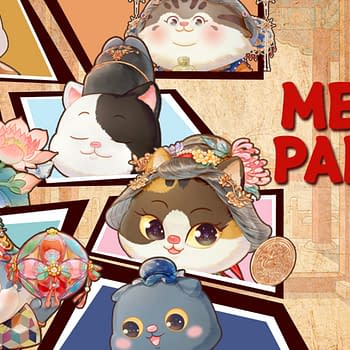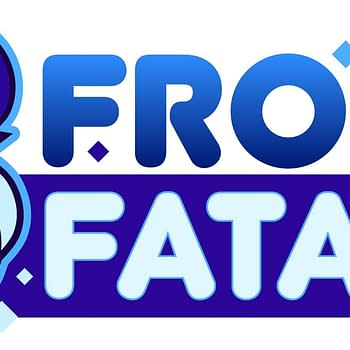Posted in: Games, Review, Video Games | Tagged: game review, Lost Sphear, Square Enix, Tokyo RPG Factory
Lost Sphear is an Adorable Exercise in Old School Gaming
Tokyo RPG Factory's second game, Lost Sphear, is much like I am Setsuna. It's an attempt to recapture the glory days of the JRPG with improved graphics, processing power, and a couple of nice modern features like a quicksave available at all times when you aren't in battle. So you don't need to rely just on the save points, but there are perks to using those.
The game's story is a rather simple concept. The world around you is slowly losing its memories, which means a whole lot of stuff gets turned white and unusable. As Kanata, you have the power to restore those portions of the world using memories that you pick up from quests, monsters you kill, and random loot drops. There are also portions of the world that you can interact with and change, these are called Artifacts which can add helpful buffs like increased movement speed and critical hit rate, or will give you tools like a mini-map depending on which you chose to put down. While going about your recovery missions, you encounter the Empire. Who, for once in a JRPG are kind of the good guys. You assist them in restoring the world, and along the way you just might learn why the game title is spelled Sphear instead of Sphere.
A lot of the setup and story should be familiar. People losing their memories is something of a common theme in JRPGs, and like any good Square game, there's a lot of talk of frienship, magic, and cyrstals. There's even an Empire. So it should have a pretty familiar feel to it. Sure, some early parts of the story can drag because it is trying a bit too hart to be a "classic JRPG" but that's always going to be difficult when comparing any game to Chrono Trigger. Which is probably Lost Sphear's biggest failing. When trying to remake a new game that competes with a genre-defining classic, you're always going to fall a bit short.
As for the empire, they are probably not Nazis but they are very industrial. Their city is filled with clockwork mechanisms, smog, and flying bridges that go in every direction. It's a bit of a maze to figure out, and your world mini-map does not work while you're in a town space. Which means you have to navigate it by memory alone. Which is a huge throwback, and I kind of love it even as I hate it. I've gotten too used to games having maps and mini-maps.
The Imperial capital of Watt did initially give me some trouble though. I just couldn't get into their city, no matter how hard I tried. I went through several zones backtracking before realizing I was a damn idiot. You have to actually hit a button while walking up to a new zone location to properly zone into it or Kanata will eventually just turn around and walk in the other direction. I managed to go through several zones multiple times before realizing I never actually hit the "enter" button while trying to get into the capital city. Which was why I couldn't get into it.
So, don't be like me.
That said, the city is pretty darn gorgeous despite being entirely grayscale. There are a few locations where you get a "view" of the whole city, which is actually just some gorgeous 2D art in the background. And while you can tell that it's just flat art and not programmed in, it's still a nice view that properly gives you a sense of scale.
Combat is an interesting combination between turn-based and real-time which they call the active-time battle system. You can switch from being totally active to semi-active which gives more of a turn-based flavor. So if you want to really play it as a throwback game, you'll run with the default semi-active setup. If that's a bit too slow for you, well, active combat does exist. It just isn't as active as you're probably used to.
For the most part, I ran with the default combat setup, where each character has a set activation time, but several can activate near simultaneously so you better be fast, or your enemies will get the chance to pre-empt your attack. You choose actions through menus, so it's a classic JRPG in that sense.
Honestly, the combat should feel a bit slow, a little too retro. And it does, but that's the point. You can't recreate the glory days of the JRPG without menus and some kind of turn-based combat system. It just wouldn't be real.
Overall, I've found Lost Sphear to be an absolute joy to play and I enjoy every part of it. The key is to go into this one knowing what to expect. Combat won't be a real-time action based experience. It's all about numbers. The storyline and quests won't have a sophisticated log list or convenient icons above your quest giver and your objective. You don't get many directions on where to go. And while you can get hints on what you need to do next, the game doesn't hold your hand.
That said, the modern conveniences are great. The game is gorgeous and runs perfectly. It's a fantastic blend of the old school with a touch of the new to keep it from being unweildy. You can absolutely tell that Tokyo RPG Factory took the criticisms thrown at I am Setsuna to heart. And sure, the storyline can be a little stale at times, but I take that as the artifact of an older approach to plot and I'm okay with that. I don't need Lost Sphear to be a single-play tour-de-force of character-driven action. That's far too modern for what this game is trying to be. It isn't Chrono Trigger, but will any other game ever be Chrono Trigger?
Lost Sphear is exactly like picking up an old school JRPG, which was Tokyo RPG Factory's goal, so they absolutely nailed it. It can be uncompromising and brutal, but also quirky and fun. It is an adorable exercise in frustration if I've ever known one, but that's what is so great about it.


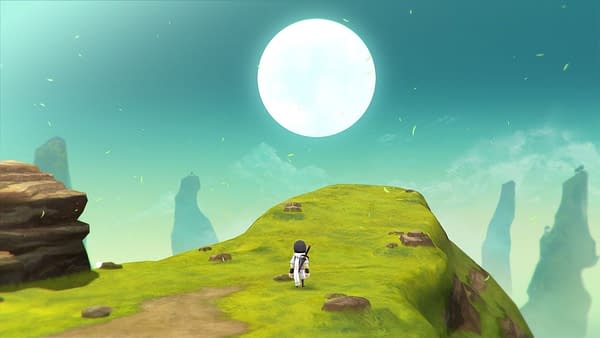
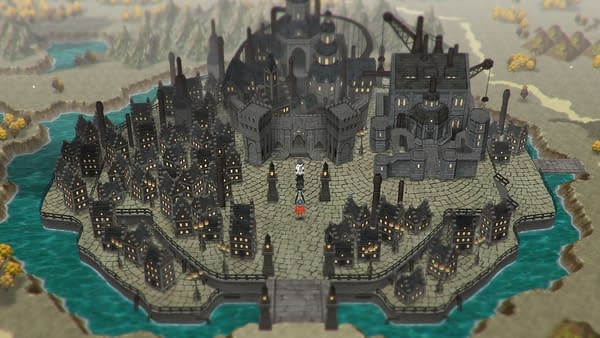
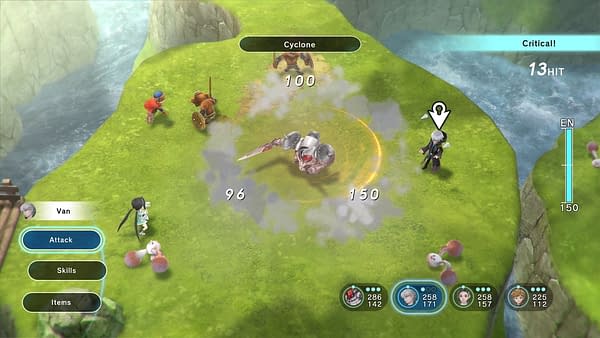


![[REVIEW] "Gang Beasts" is Zany Party Madness](https://mlpnk72yciwc.i.optimole.com/cqhiHLc.IIZS~2ef73/w:350/h:350/q:75/rt:fill/g:ce/https://bleedingcool.com/wp-content/uploads/2019/09/gang-beasts-7-350x350.jpg)

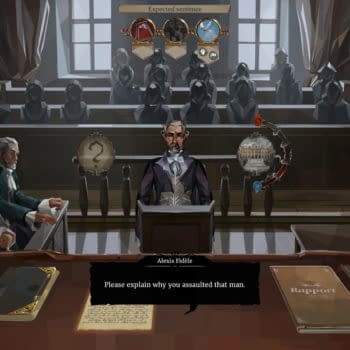
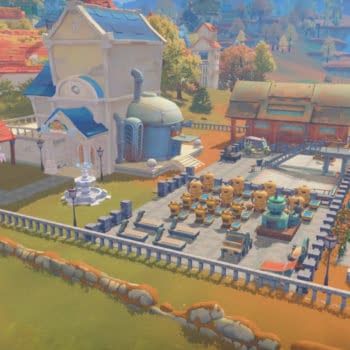
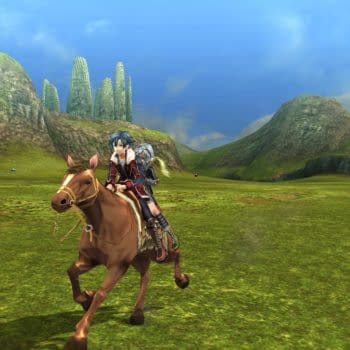
![[REVIEW] "Divinity: Original Sin II" Definitive Edition is Almost Perfect](https://mlpnk72yciwc.i.optimole.com/cqhiHLc.IIZS~2ef73/w:350/h:350/q:75/rt:fill/g:ce/https://bleedingcool.com/wp-content/uploads/2018/08/Divinity-Original-Sin-2-Definitive-Edition-art-350x350.jpg)

